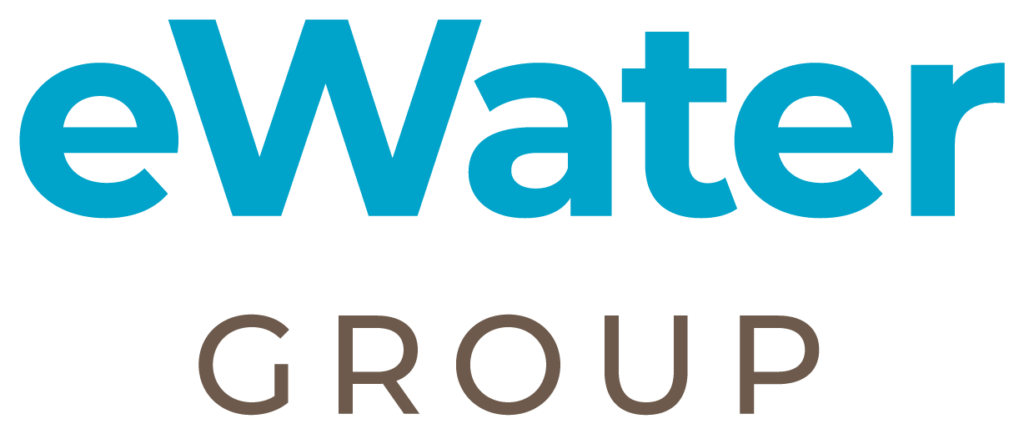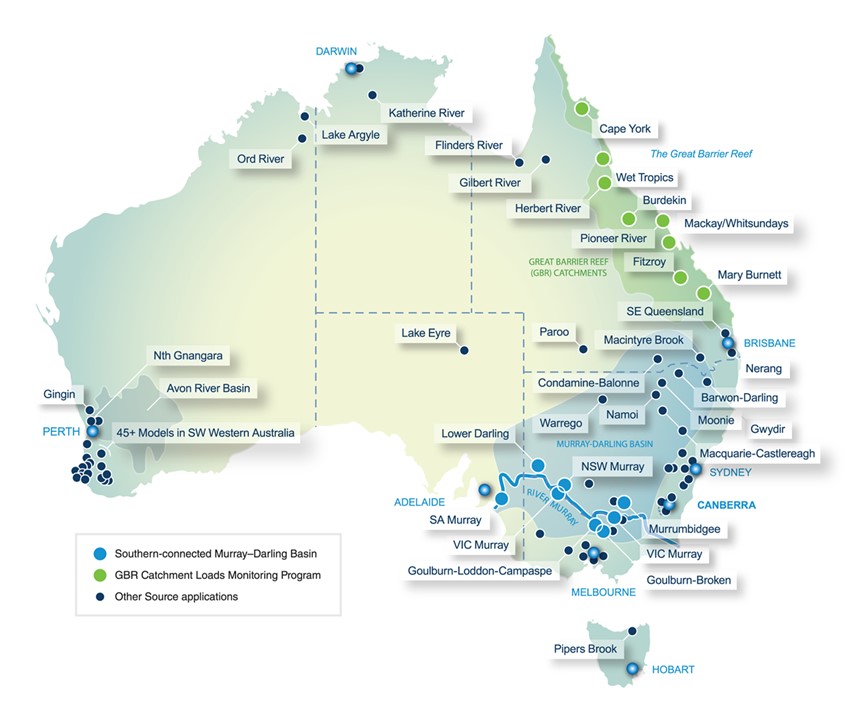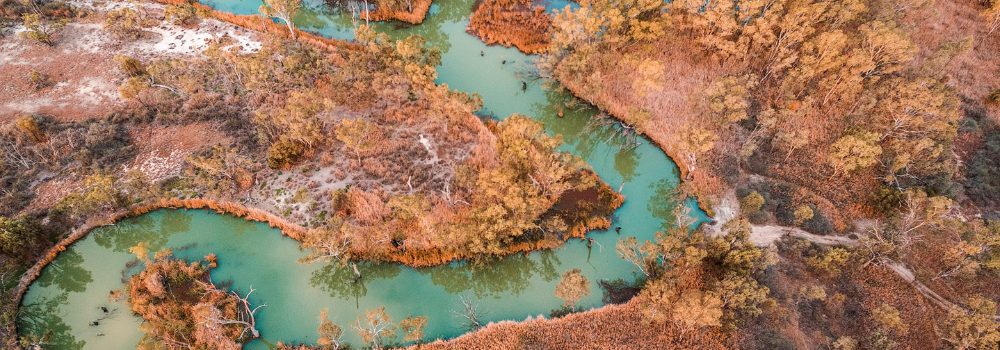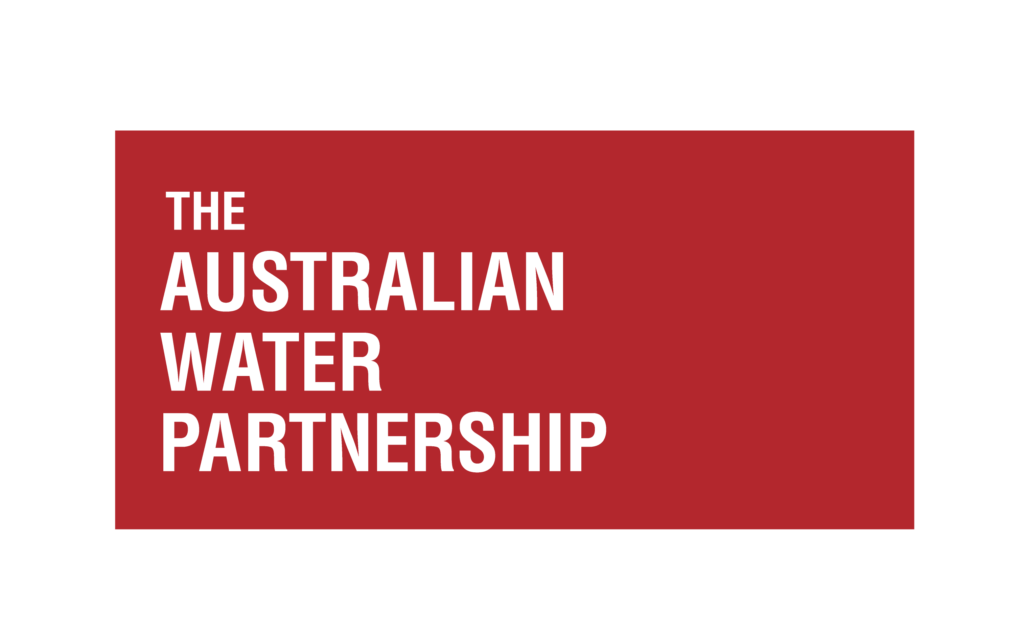From the Chair: Supporting a Refreshed National Water Initiative
Supporting a Refreshed National Water Initiative

From Greg Claydon, eWater Limited Chair and Independent Director
There has been long recognition of the importance of building knowledge, capacity and capability if we are to have an efficient and sustainable water industry in Australia. That has often been inferred and regularly stated during Australia’s water reform journey. There are likely varying views among stakeholders regarding the extent to which such recognition and importance have been underpinned by adequate resources and actions.

eWater Group regards the building of water knowledge, capacity, and capability, especially in hydrological modelling and other decision support tools, processes and products within the Australian and international professional water management community, as fundamental to our mission, subject to resource practicalities.
Australia’s Productivity Commission is currently undertaking an inquiry into the reform progress of Australia’s water resources sector. This inquiry, which follows reports of previous inquiries by the Productivity Commission in 2017 and 2020, is expected to provide advice about the progress of all Australian governments in achieving the objectives, outcomes and timelines anticipated under the 2004 Intergovernmental Agreement on a National Water Initiative (NWI) and, where practicable, on key aspects of water security for Australia.
The Productivity Commission has noted that reform of the Australian water sector has been ongoing over several decades, reflecting the fundamental importance of water to all aspects of our society and environment, and the significant challenges involved in managing a shared natural resource impacted by climate change and periods of scarcity.
Water reform at a national level accelerated in 1994 when the then Council of Australian Governments (COAG) agreed a water reform framework. That framework recognised that decision making should be determined on the best available scientific information. Although not expressly stated in the framework, it was also recognised at the time that knowledge, information and understanding about Australia’s water resources needed to improve. That was being supported through the Cooperative Research Centres program, among others, including the CRC for Catchment Hydrology (CRCCH) and the CRC for Freshwater Ecology (CRCFE).
In 2004, COAG agreed that the NWI include knowledge and capacity building as a key element to assist in underpinning implementation of the agreement. Supporting that, further requirements, identified by the earlier work of the CRCCH and the CRCFE and others, lead to the establishment of the eWater CRC in 2005. These CRCs provide the heritage for eWater Ltd, a not-for-profit (and also a “not-for-loss”!) company owned by all Australian Governments, to, among other things, be the trustee of the intellectual property developed through the investment under the CRC and other programs of well over $100 million of public money.

In 2008, COAG agreed that a National Hydrological Modelling Strategy (NHMS) was needed to support better water planning and management in Australia, including to support implementation of the NWI. A key output and product of the NHMS has been the adoption of the eWater Source hydrological modelling platform as the National Hydrological Modelling Platform (NHMP).
eWater Group is the custodian and manager of Source. We are also the custodian and manager of other important software-based hydrological modelling tools and services, including eWater MUSIC, the urban stormwater modelling product used by more than 120 Local Governments across Australia to support their decisions about urban developments. As a part of these roles and responsibilities, we aim to ensure the security and integrity of these tools are guaranteed and satisfy industry standards and government cybersecurity requirements.
Source, as the NHMP, has been integral to many governments’, and their agencies’ and utilities’, decision-making processes for sustainable water resources planning and management; granting of water entitlements and announcements of water allocations; assessment of water security and water infrastructure developments; and, increasingly, river and water infrastructure operations and compliance activities. These may be multi-billion-dollar decisions, so Source system performance, reliability and resilience are fundamental for it to be “fit-for-purpose”.
Source provides an integral tool to link science to help inform water policy, planning, management, operations, accounting, and compliance. Importantly, water policy, planning, management, operations, accounting, and compliance are adaptive in the Australian context. They need to be, as our population, climate, land uses, water using behaviours and community expectations and attitudes change. So too then, Source has to be adaptive, and it needs to have proper upkeep, modernisation and maintenance as a critical asset to support decision making.

Arguably, the same is true for water reform in Australia. So, in that respect, it is pleasing that the Australian Government has committed to renew the NWI. No doubt, that renewal or “refreshing” will be informed by the report of the Productivity Commission’s inquiry. Hopefully, that includes a commitment to a culture of evidence-based decision making, innovation and continuous improvement to underpin successful implementation.
Adaptive management is not possible without adequate modelling of Australia’s water resource systems and their interconnections. eWater Group wants to continue to have Source develop and evolve as the needs of our government owners, customers and communities evolve and as methodologies and technologies change and improve. Of course, to do that well requires adequate and responsible funding to meet necessary and efficient costs.
As I have mentioned previously, there are pressing imperatives to address our increasingly variable and changing climate in coherent and effective ways; to better integrate our approaches to water management, including between water quantity and water quality, surface water and groundwater; land use planning and water planning, water use and energy use, and other nexuses, recognising the water “cycle” and how water policy and programs “seep” into many other policy and program areas; and to meet cultural water provisions and the rights, needs and aspirations of First Nations people in water management. These and, no doubt, other matters will need to have a place in a renewed NWI. Similarly, to support future decision making and implementation, they should be considered integral to updating and modernising eWater’s hydrological modelling and other decision-support tools, processes and products.

It is also instructive to note that activities under the Australian Water Partnership (AWP), managed by eWater Group with funding provided by the Department of Foreign Affairs and Trade (DFAT), involve the building and sharing of knowledge about water reform through capacity building activities with regional water organisations, industry sectors and civil society, especially in the Asia-Pacific, by supporting access to Australian water reform policy, management expertise, and innovative approaches and technologies. So, how we go about water reform in Australia has implications beyond our shores. But more about the AWP in a future article.
In any event, to have an efficient and sustainable water industry, it continues to be important to invest in science and knowledge, skills and capacity and decision-support tools, processes, and products and to build capabilities in using them efficiently, effectively, equitably and respectfully. eWater Group looks forward to supporting a refreshed NWI on that basis.
Who are we?
Jointly owned by all Australian governments, eWater Group provides stewardship, management, development, enhancement, skills-building, research, access, and transparency in water management and modelling tools, capability, and capacity.
We do this in the interests of our government members, stakeholders, clients, and customers and on behalf of the Australian people who have invested in us.
At eWater Group, and through our divisions, eWater Solutions and the Australian Water Partnership, support governments, organisations, and water managers to use our tools and products, expertise, and international development program management capabilities, including in their pursuit of integrated water resource management objectives and poverty reduction.